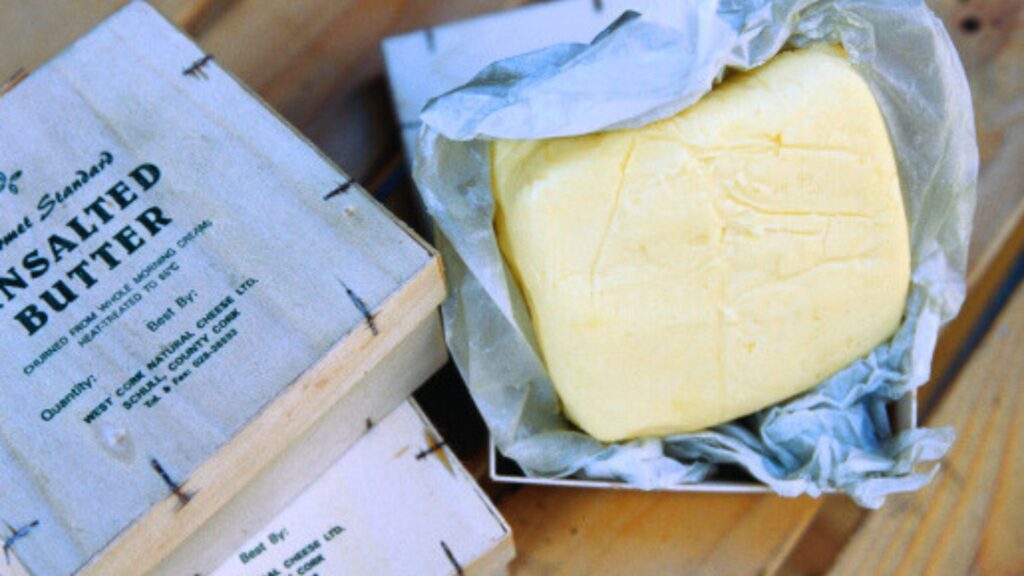You might not have given much thought to the amount of salt in your butter before. While salted butter is often the go-to for spreading on toast, corn on the cob, and even in savory cooking, baking recipes almost always call for unsalted butter. And it’s not just a case of “one baker did it so everyone does it.” Unsalted butter is the best choice for baking because it gives you the most control over the final flavor and texture of your baked goods.
Unsalted Butter Is, Well, Less Salty
Because unsalted butter doesn’t contain added salt, using it in baking recipes allows you to manage just how salty the end product is. Yes, salt is needed even in sweet recipes, so you’ll always find a small amount called for. Salt enhances the flavors of ingredients, adding depth and complexity to a mix that would otherwise be one-noted. Adding salt after using unsalted butter allows for consistent amounts of salt in a recipe.
But the saltiness added to a baked good by using salted butter isn’t quite the same; it’s a deeper saltiness that could impact the final flavor in an unpleasant way, especially if you’re adding extra salt, too. Also, the salt content in butter varies by brand, so it’s even harder to tell just how much extra salt you’ll need to enhance those flavors when you use salted butter.
Added Salt Means Increased Water Content
European butter is one of the 5 baking ingredients I always keep on hand because it has a higher fat content and lower water content than American butter. But even between unsalted and salted European butter, there are discrepancies. Adding salt to butter increases the overall water content of the butter by 10 to 18%, according to Cabot Creamery.
This increased water content could slightly alter the final texture of your baked goods, especially in something that is butter forward, like rough puff pastry dough or a laminated croissant dough. These doughs rely on precise ratios of flour, liquid, and butter, to rise and puff while cooking to give them that flaky, layered texture. Too much water can weigh the dough down, preventing it from puffing up and leading to a more dense pastry.
What Happens If You Use Salted Butter Instead of Unsalted Butter in Cookies or Pastries?
In a recipe like cookies, using salted butter and the same amount of added salt could make the cookies slightly too salty. You can reduce the amount of added salt called for by ¼ or ½ teaspoon, and your cookies will still be delicious.
You can still use salted butter in pastry dough, or any other baking recipe, instead of unsalted if it’s the only thing you have on hand. Just take note that you should decrease the amount of salt called for by a bit, and know that in terms of texture, your outcome might be slightly better next time you use unsalted butter.


At what stores can I find unsalted butter?
Hey Nolan! You should be able to find unsalted butter at any grocery store. My favorite is Kerrygold.